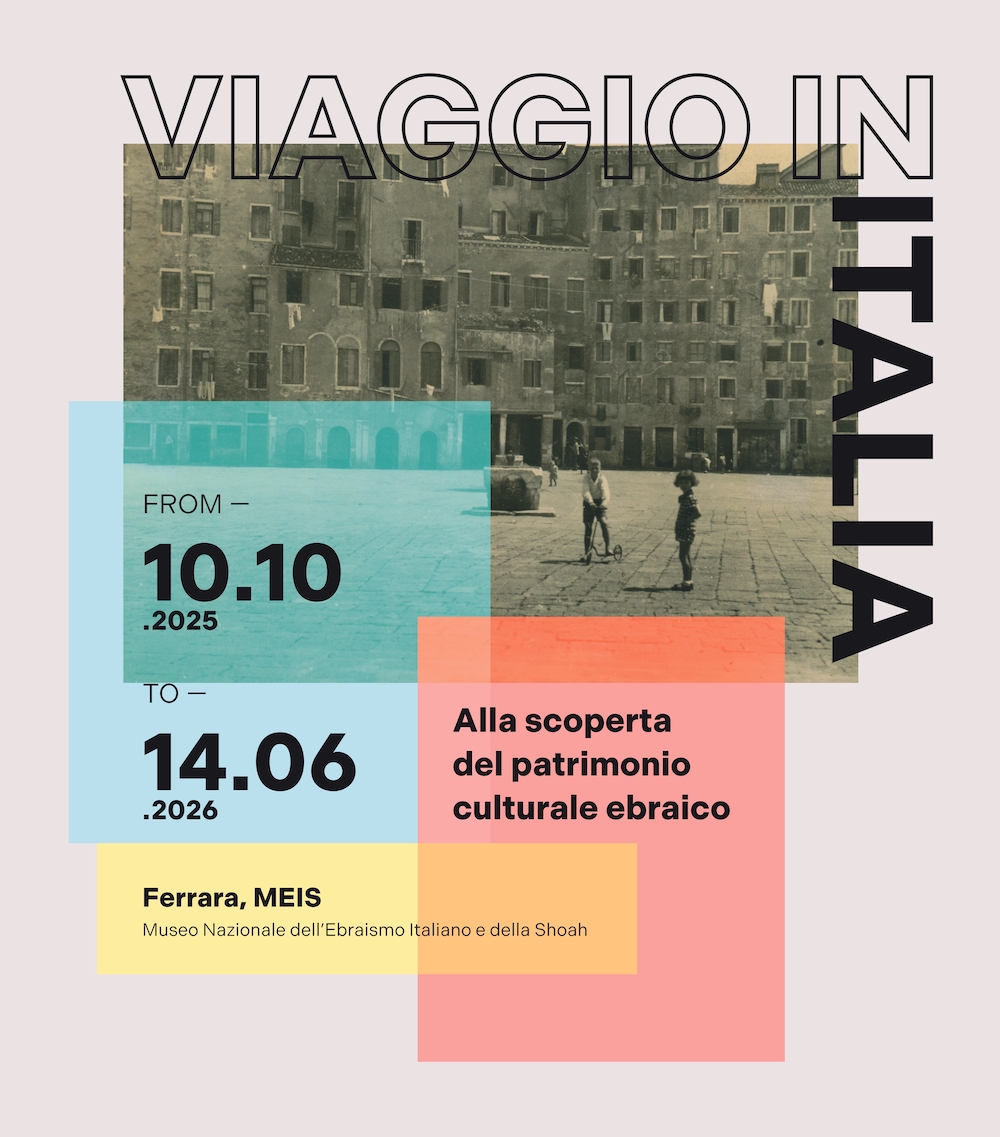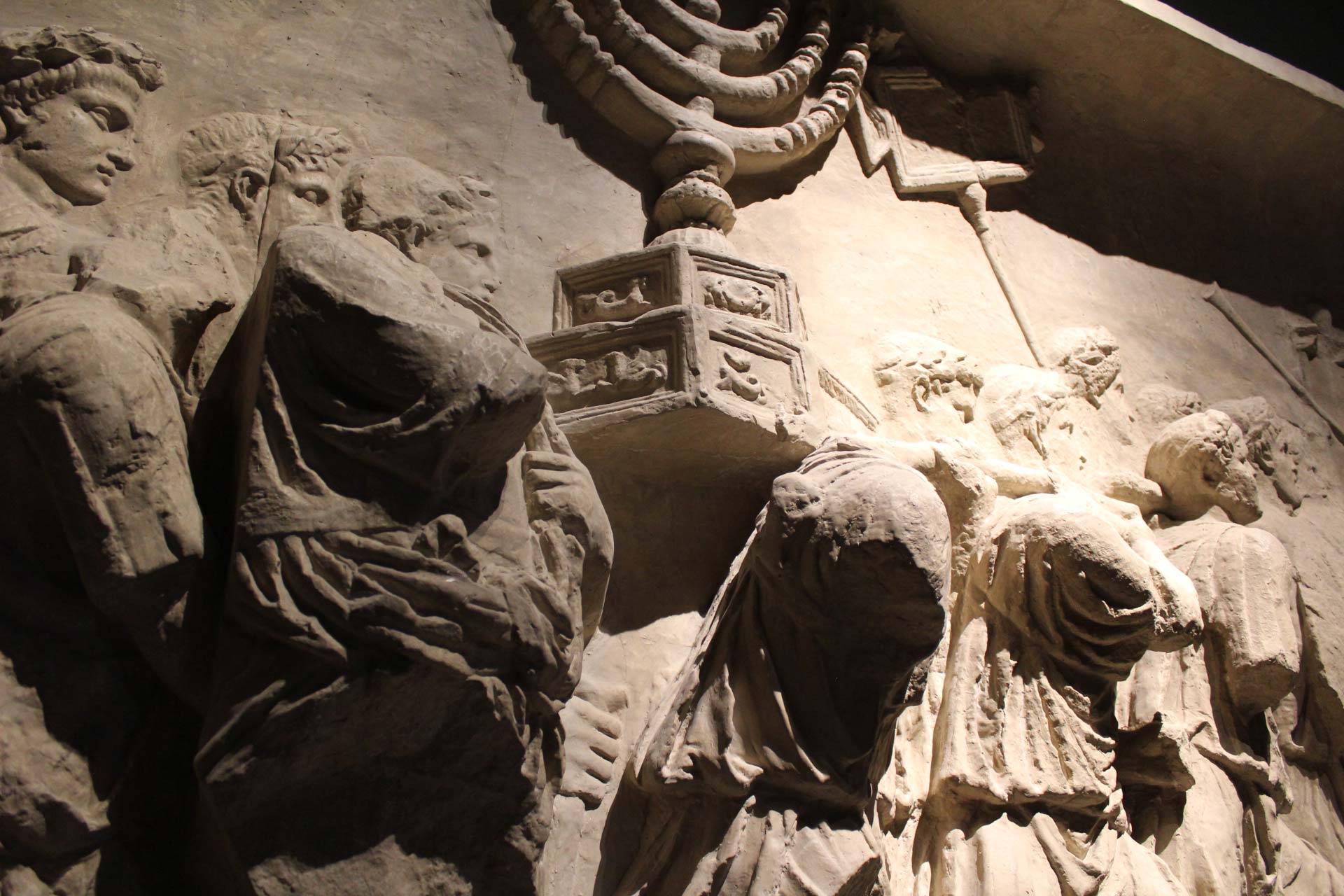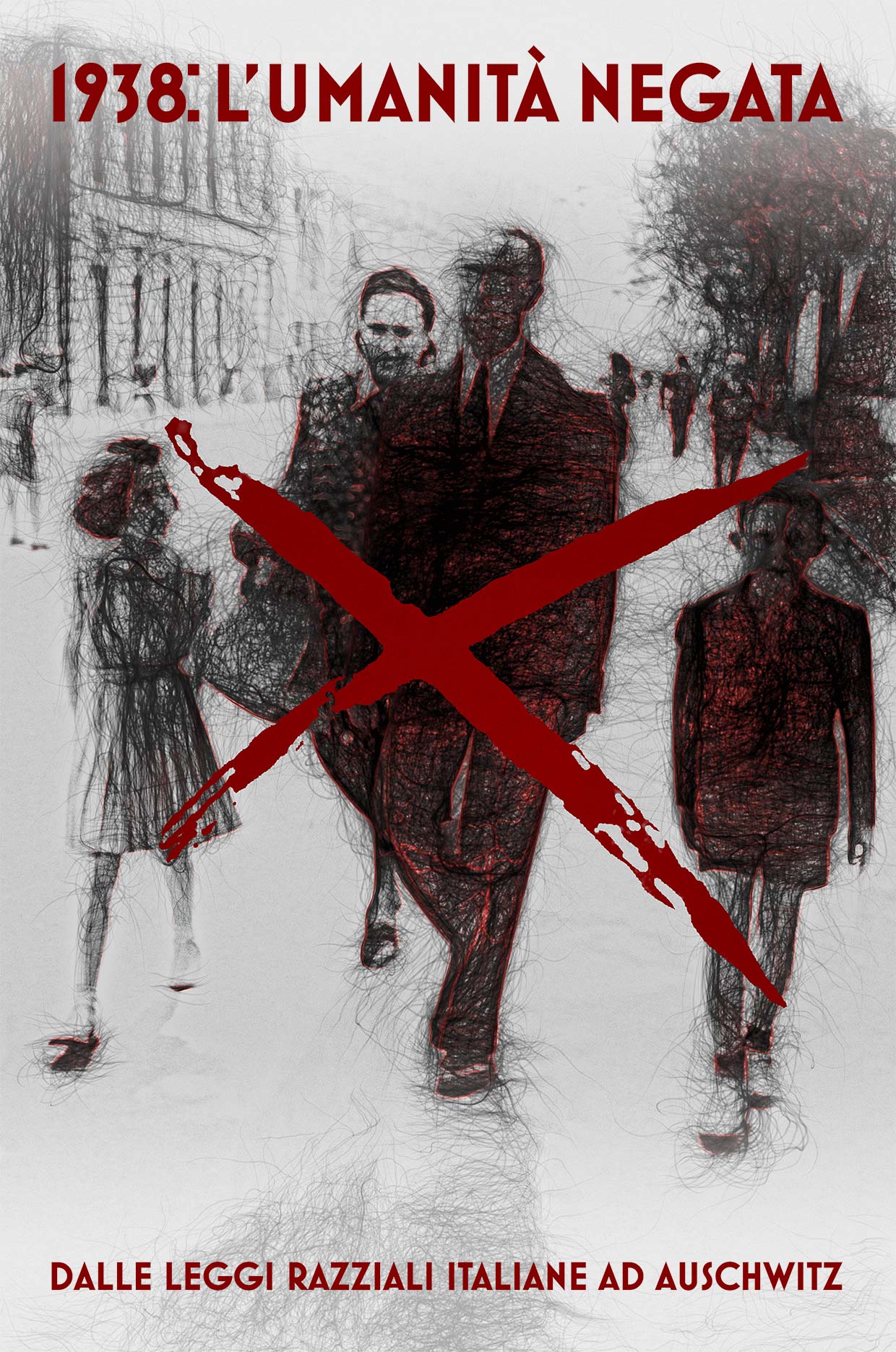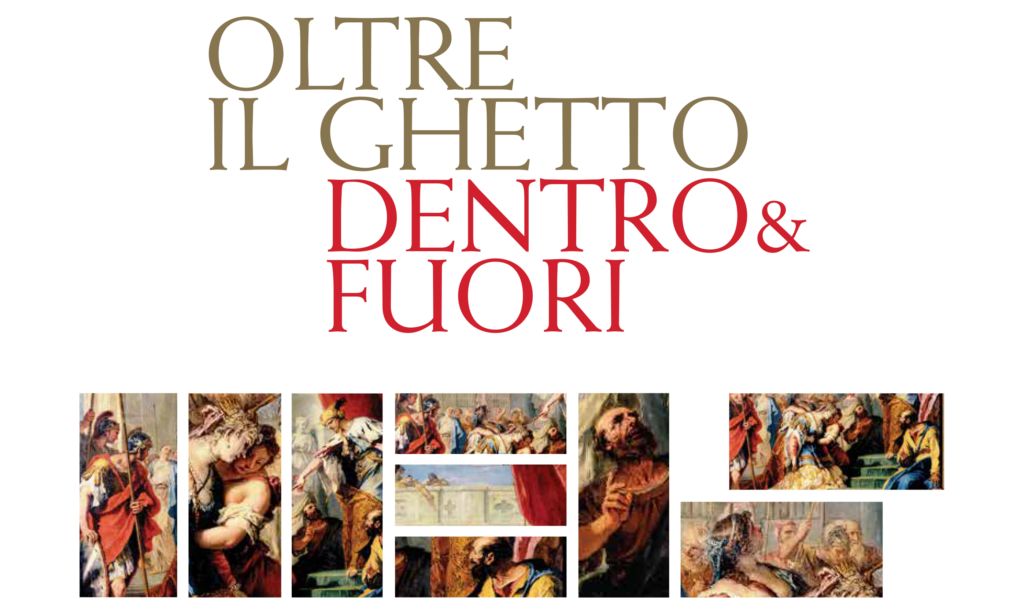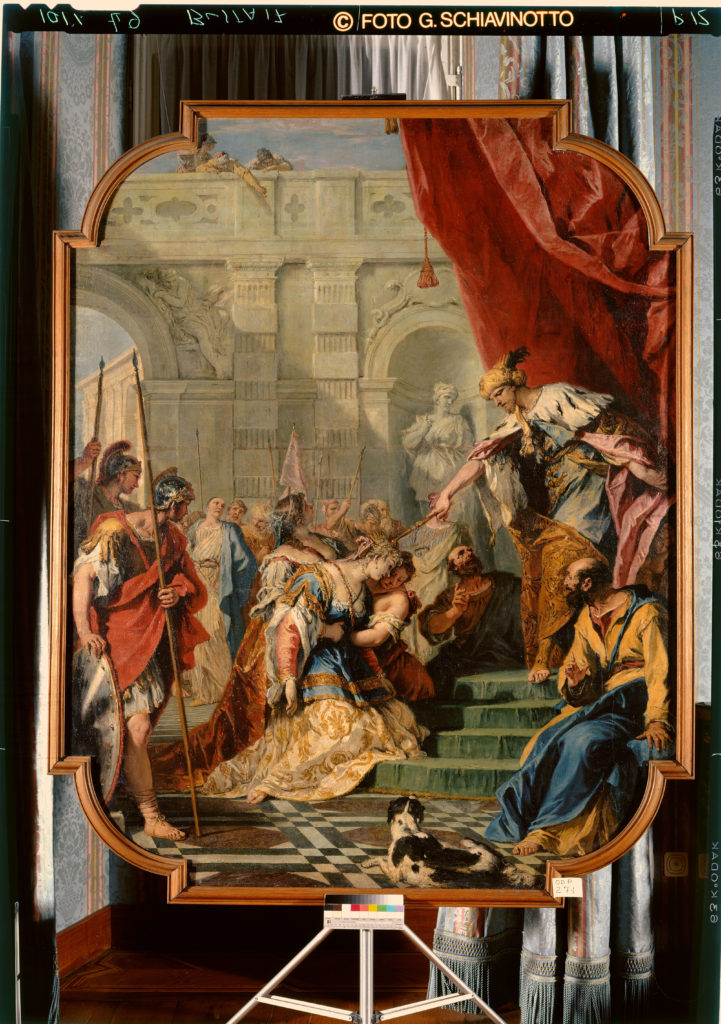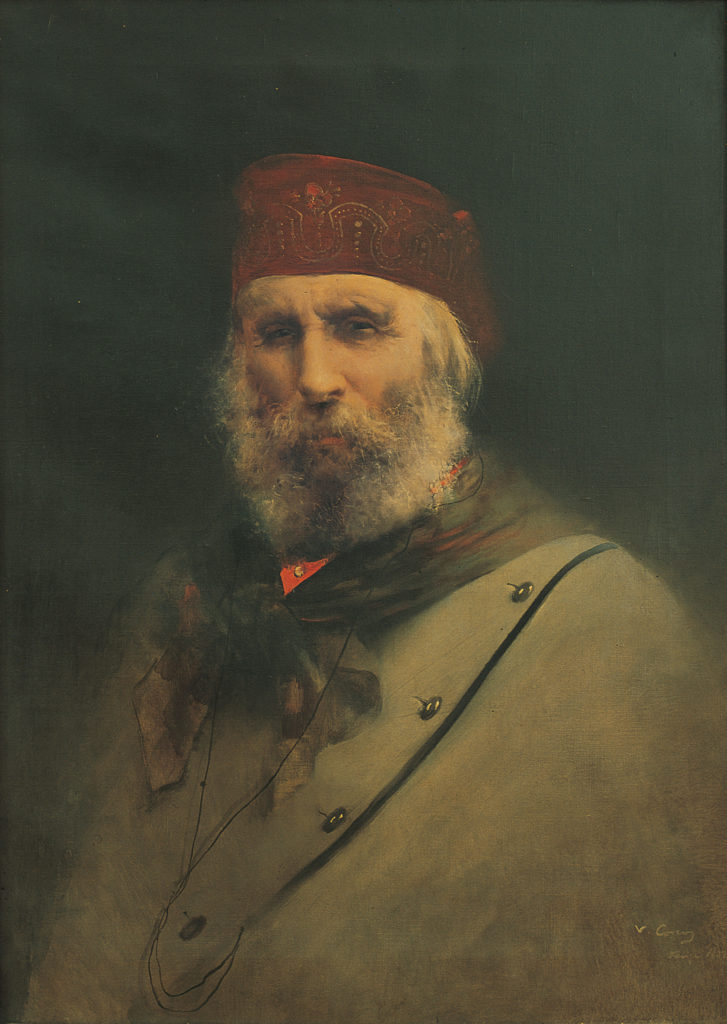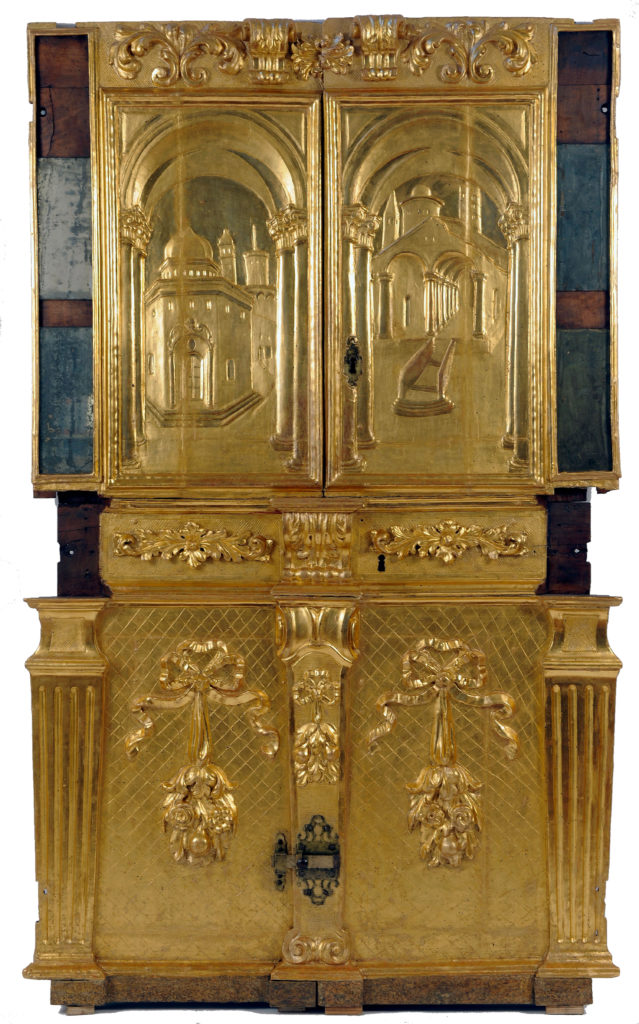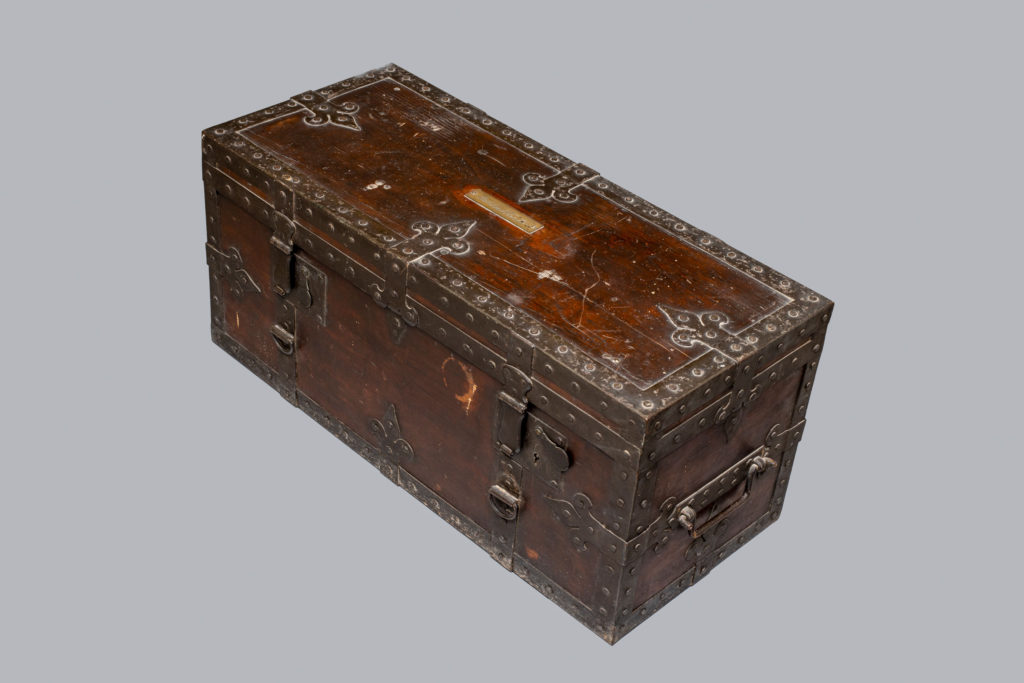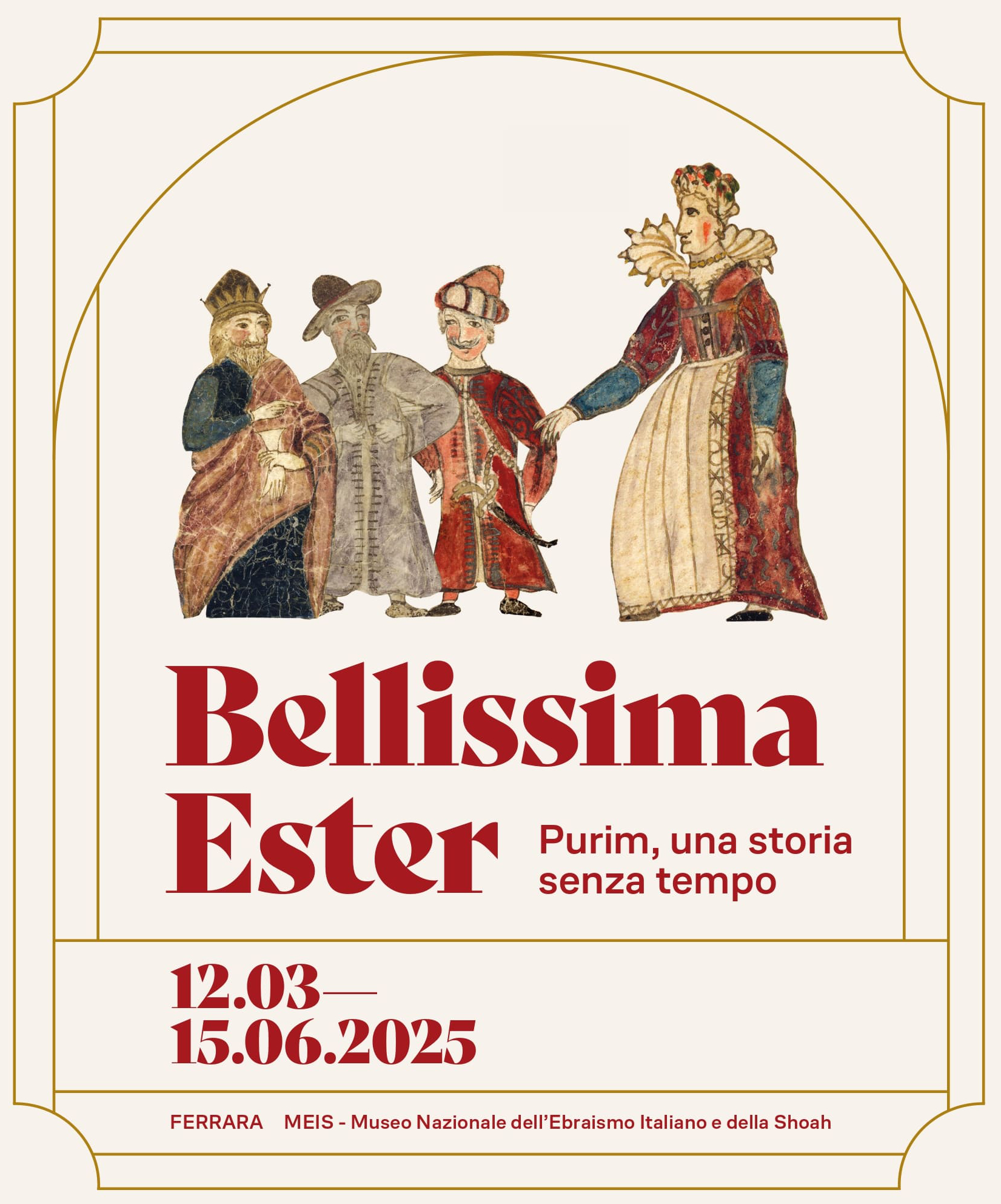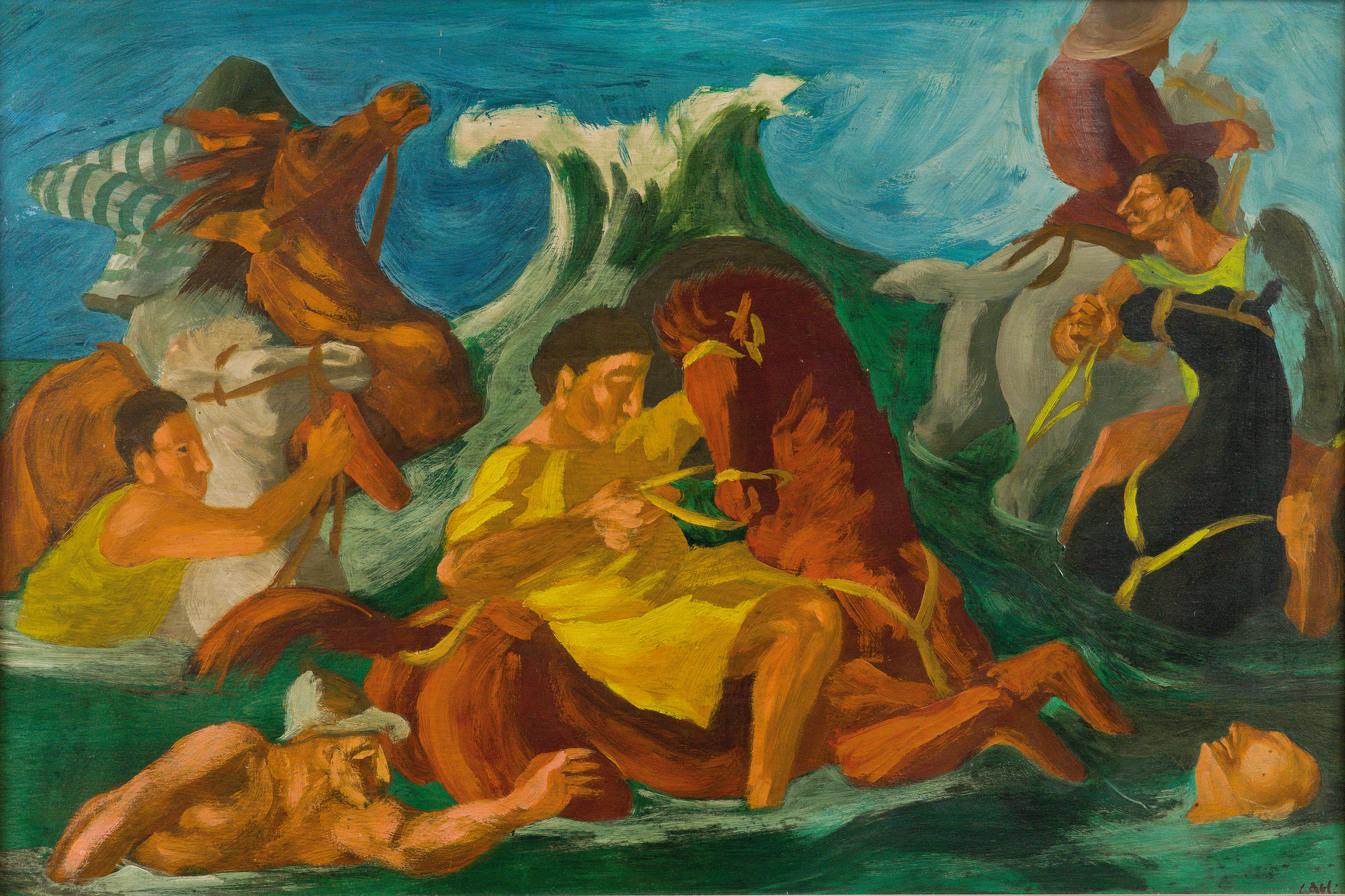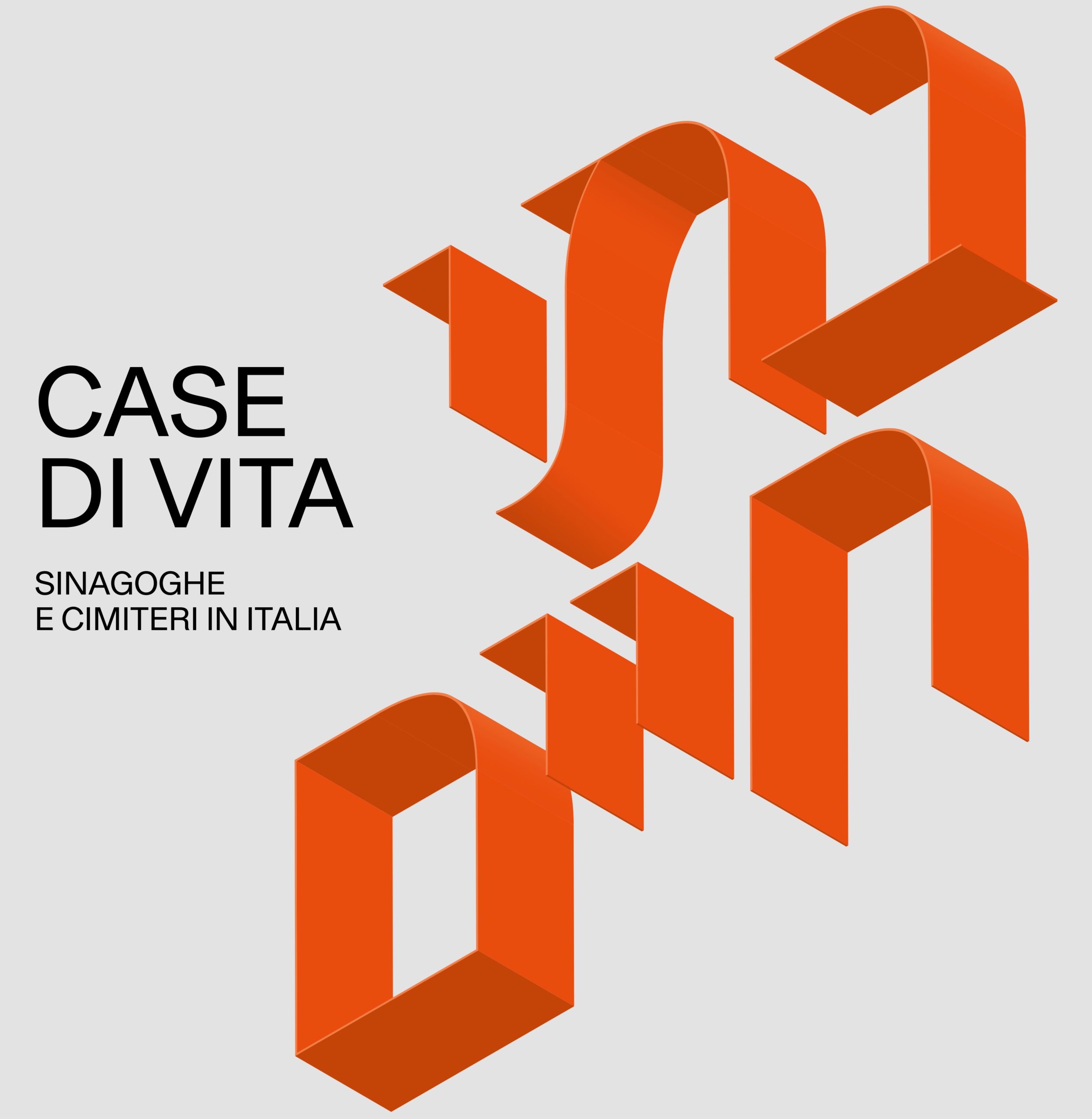However, a special feature of this exhibition project was the desire to supplement the itinerary with objects that bear witness to everyday Jewish life, such as the door of the Aron Ha-Qodesh, the sacred gilded carved wooden ark from one of the synagogues in the ghetto of Turin — donated in 1884 by the local Jewish Community to the Municipal Museum of Turin — or testimonies of personal commitment, represented for example by the trunk of Matilde Levi, a Red Cross nurse in Viterbo. This is the thinking underlying the exhibition, and the museum as a whole: the melding of a rigorous historical approach with significant references to art, contributions of a sociological nature, even of an individual and highly personal dimension, of great relevance even today.
Across the centuries, we reach the Unification of Italy and the First World War, the final date of the period analyzed. This gives us a clear picture of the various crossroads encountered in forming the Jewish identity, experienced in Italy. We see the Jews emerge from the ghettos to participate actively — and with great conviction — in the history of the country as it takes its founding steps, to then be locked “inside” once more under fascism, a period of horror in which they were deprived of their rights.
